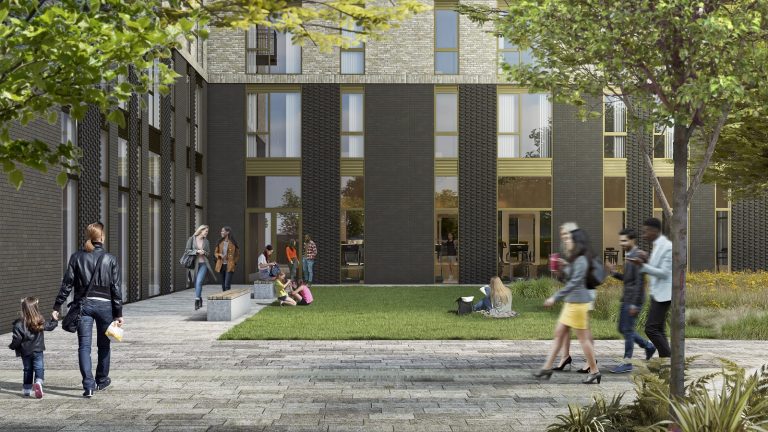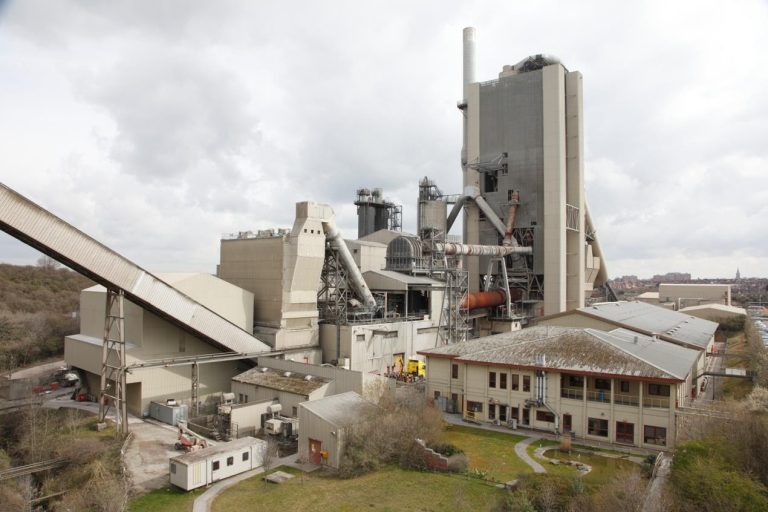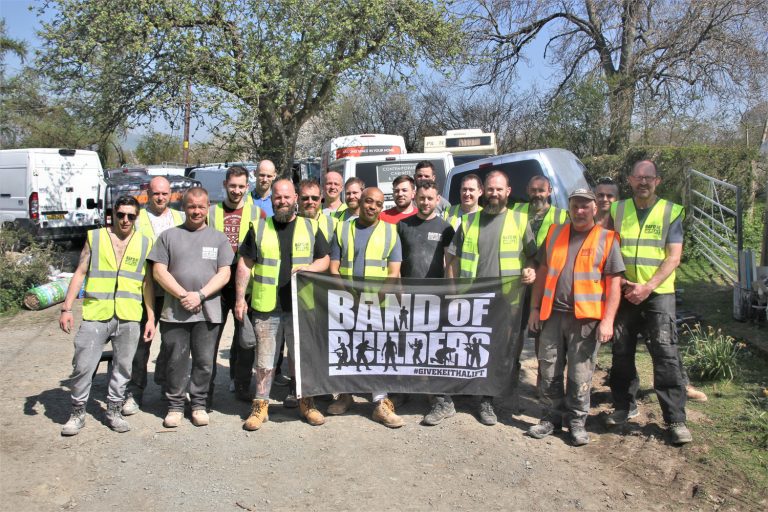The idea that you could put up a skyscraper in as little as two weeks seems a little far-fetched, especially from the UK perspective, where most building projects drag on for years. But according to industry-leading consulting firms, such as McKinsey, it might be possible. The basic idea goes something like this: you construct big pieces of buildings in a factory at high speed. You then ship them out to construction sites and use cranes to lift them into position. Then it’s just a matter of slotting everything together, like Lego. There is very little manual work to be done on the ground. And the tasks that do exist are predictable and repetitive, increasing efficiency. A company called Broad Group operating out of China already put this business model into practice. The firm currently has some world record-breaking feats under its belt, including the building of a fifteen-storey hotel in less than a week. And now it plans to roll out its business model to more parts of the world. The benefits of the firm’s approach are considerable. It potentially means that the economy can become a lot more flexible. If you can throw up a large building in just a few days, city centres don’t actually have to remain in the same geographic location. You could, essentially, create new centres in a matter of months, and shift people around, according to the need. Even more excitingly, you might actually be able to reuse buildings. Instead of leaving large tower blocks vacant, you could simply deconstruct them with cranes and then put them up, piece by piece, somewhere else. Challenges Facing Today’s Infrastructure Industry The challenges facing today’s infrastructure industry are considerable. As a whole, the sector is underperforming, failing to bring new technologies onboard to improve the rate at which buildings go up. Health and safety are improving all the time, but the pace of technological innovation is slowing. Companies like Broad Group are trying to change that by rethinking the construction process. Instead of getting an architect to design every building project from scratch, they’re offering templates that commercial investors can just buy and erect in a few weeks, getting people renting properties in as little as seven days. The problem with the industry at the moment, though, is the mindset. Construction managers assume that there’s just “one way to do things,” and that technology doesn’t have the power to change the industry. Now that flat-pack building concepts are getting off the ground, though, the old ways of working can’t last. It’s just so much cheaper to get a factory to assemble buildings in pieces and then ship them to the site instead of workers doing all the fabrication on the ground. The construction industry is inherently forward-thinking. Once a building goes up, the consequences last for decades – perhaps hundreds of years. So the challenge is to create buildings that can adapt to changing times. And that’s precisely what the modular approach offers. How Can The Industry Change Its Thinking? The construction industry, though, isn’t going to change overnight. This massive component of GDP comprises tens of thousands of companies and few communally-accepted standards. Perhaps the biggest impetus for change is what’s currently happening in the developing world. Cities are growing at their fastest rates in history, doubling in size every ten years or so. New accommodation needs to go up and long-term planning needs to take place. But old construction methods are low and lack responsiveness. City planners require better solutions. Perhaps the best approach is to make the entire city more modular, allowing buildings to go up quickly, without damage to the surrounding land and environment. How Antiquated Is Construction Industry Technology? While there are some innovators in construction, they are relatively few and far between. The vast majority of companies are doing things the way they’ve always been done, updating their methods every twenty years or so. In today’s fast-paced world, the opportunity cost of this slow and steady approach is considerable. There are now so many incredible technologies out there that ignoring them seems like a tragic waste. The construction industry could transform itself overnight if it chose to do so. Even today with all the modern technologies at our collective disposal, it can still take more than five years to complete a skyscraper. You would hope that the process would happen more rapidly than that. But due to reliance on old-fashioned technology and regulations, time horizons continue to stretch. What’s strange about this is that the rate at which we construct buildings is actually slowing down. The 370-metre Empire State Building took just 13 months to build in the 1930s. But a similar downtown Manhattan skyscraper today takes more like 60 months because of all the inefficiencies and rules. What’s The Alternative In The West? The alternative seems to be just what companies like Broad Group are proposing. Given the obsession with health and safety in the modern world, companies need to develop efficient ways of dealing with it quickly. That’s why constructing buildings to set templates in factors and then constructing them in the real world is such a game-changer. You’re no longer relying on a site-by-site adherence to policies. Instead, you’re getting most of that out of the way at the factory itself, covering all bases predictably. You’re then just assembling the project in a few days on the ground before fitting it out methodically. Why Are Sustainable Skyscrapers Important? New flat-pack skyscrapers also offer an opportunity to make cities more sustainable. Construction companies are increasingly paying attention to things like recycled materials, air quality and energy conservation. But completing a regular skyscraper comes with tremendous external costs. Construction companies foul the air and use virgin materials because the costs of recycling are too high. Factory production, however, eliminates many of these problems. Construction companies can produce building elements inside, cutting the needs for sawing, drilling and heavy machinery throwing out dust on-site. And they can take full control













